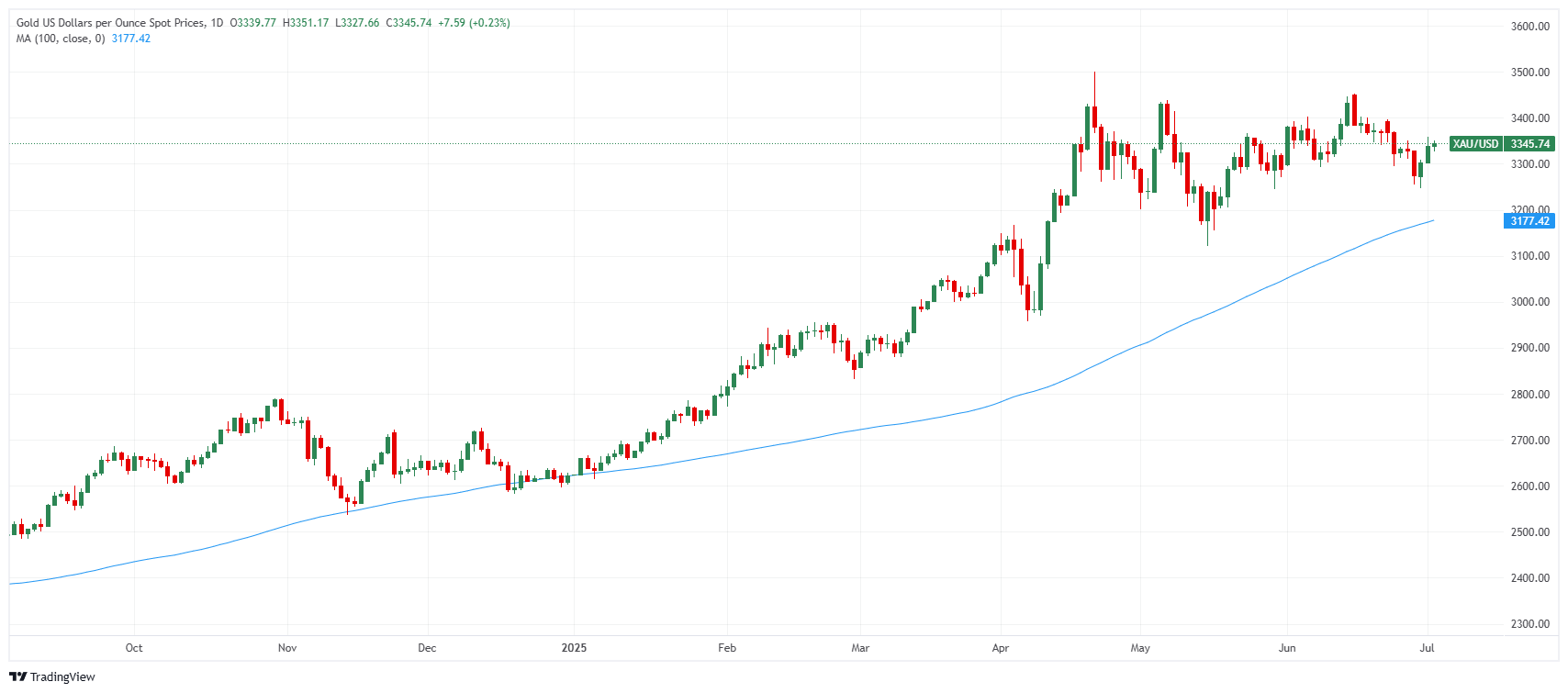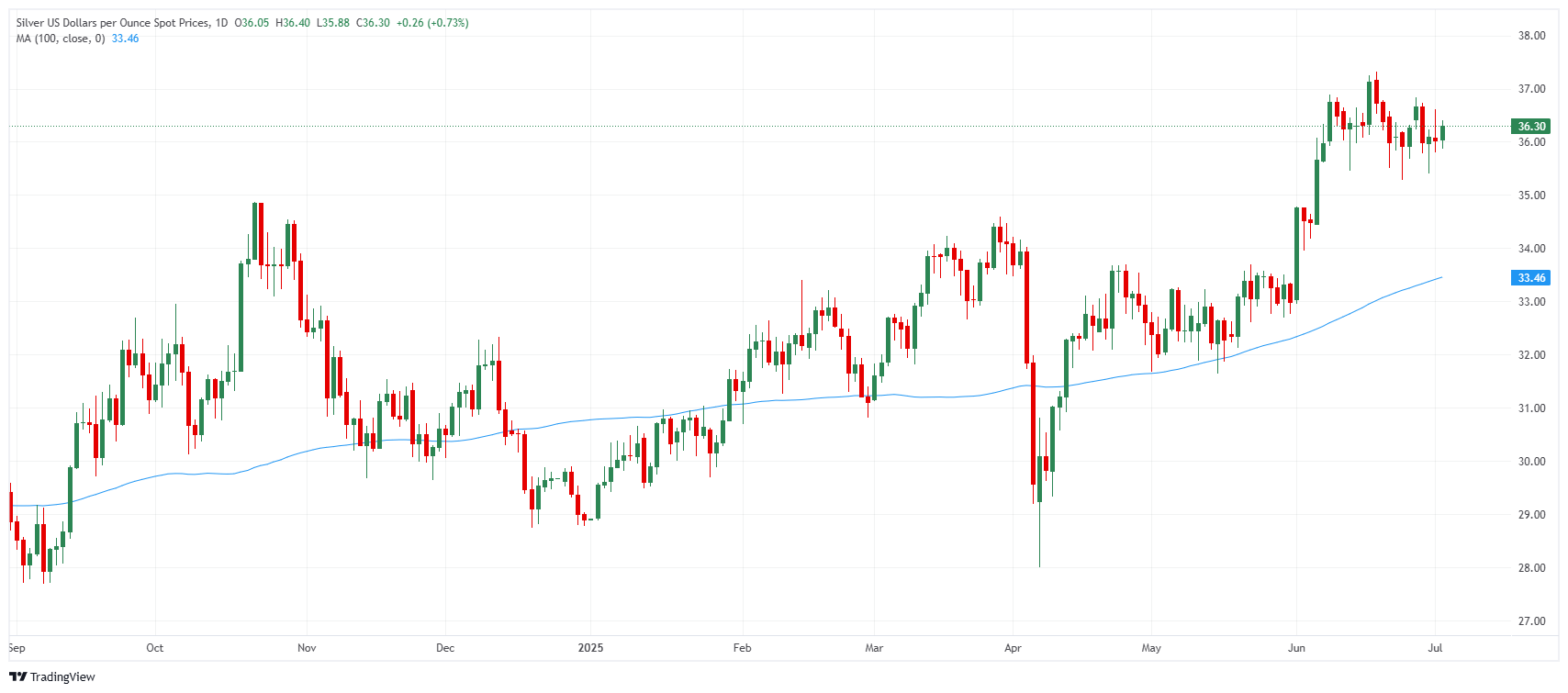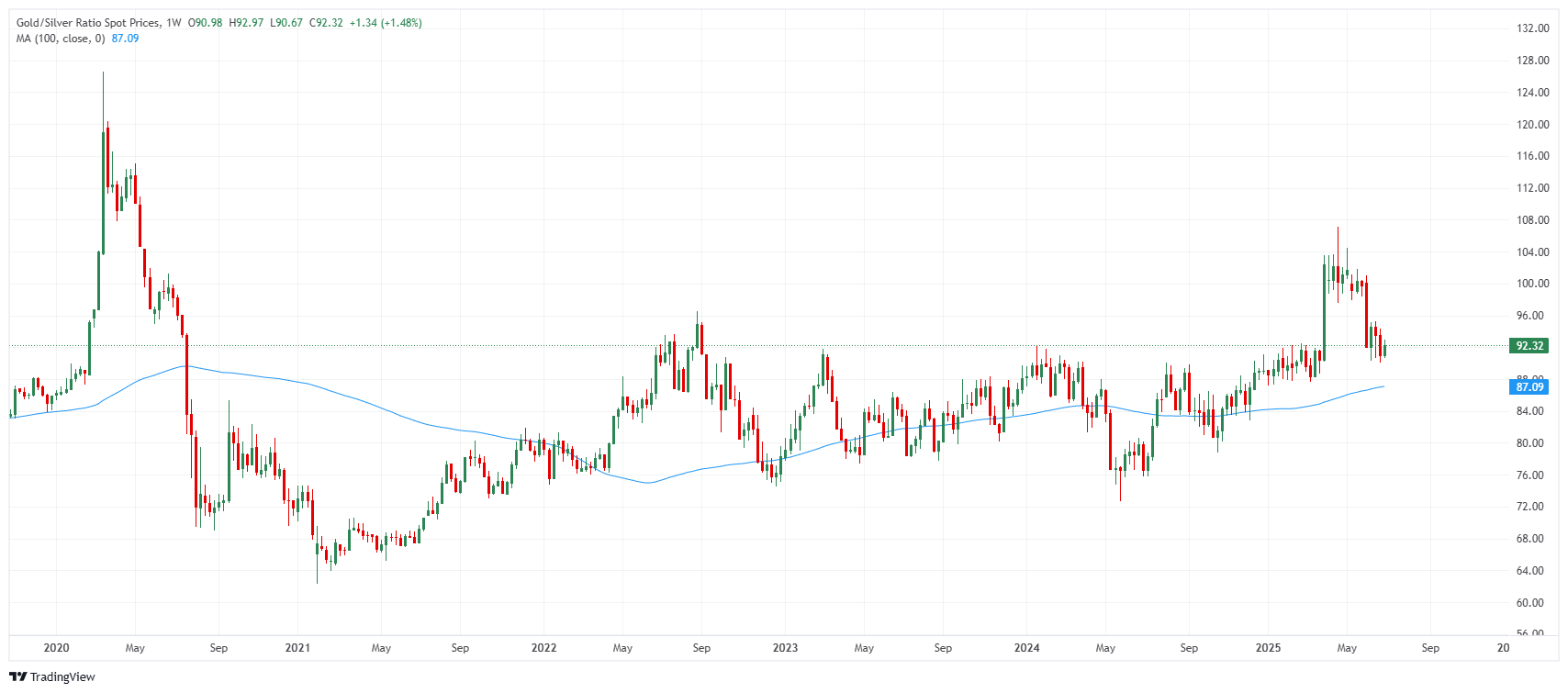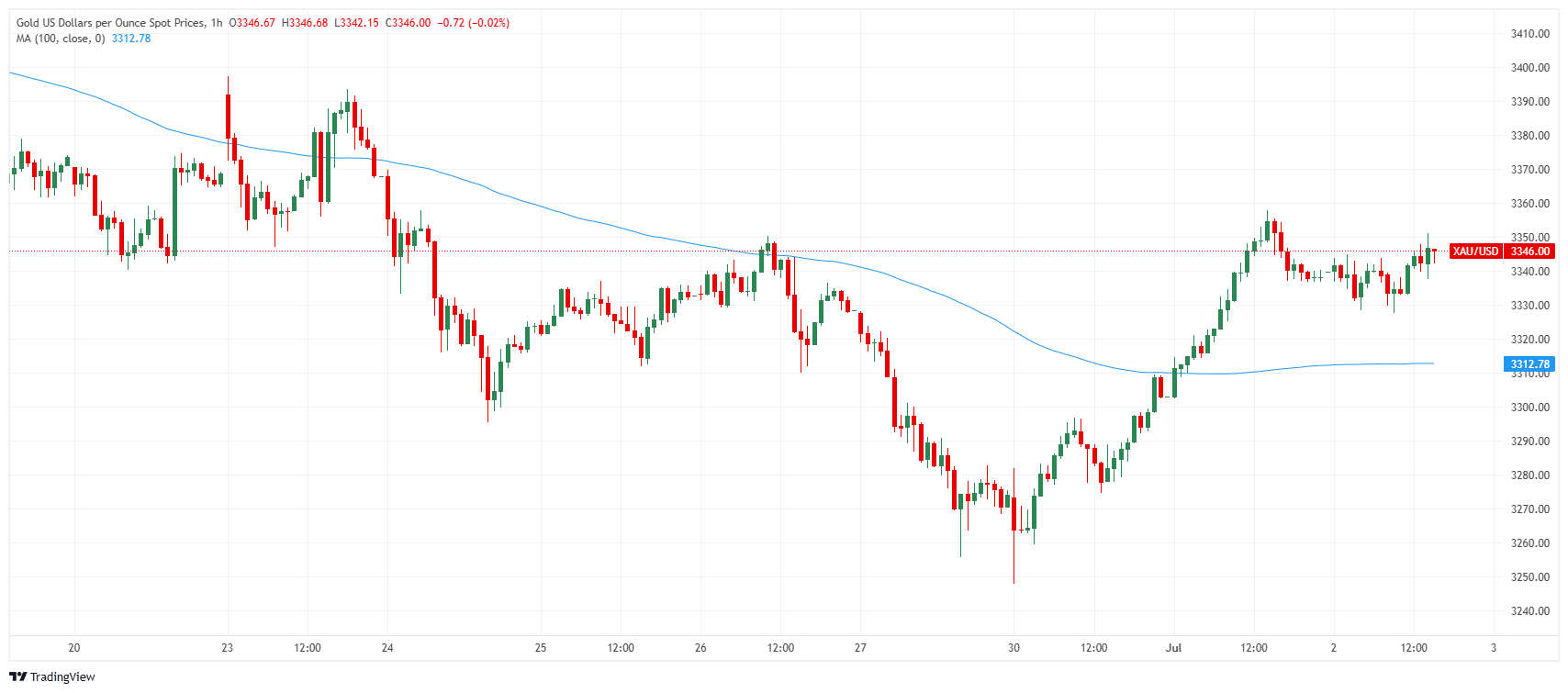Against a backdrop of persistent inflation, geopolitical uncertainties and the fragility of public pensions such as Social Security, more and more Americans are turning to Individual Retirement Accounts (IRAs) to secure their future.
Among the options available, Gold and Silver IRAs are gaining in popularity. But which of these two precious metals is the best choice for your retirement plan?
What is an Individual Retirement Account (IRA)?
An IRA (Individual Retirement Account) allows you to make tax-deferred investments to save money and provide financial security when you retire.
There are different types of IRAs, the most common being a traditional one, in which contributions may be tax-deductible, and a Roth IRA, a personal savings plan where contributions are not tax-deductible but earnings and withdrawals may be tax-free.
When you add money to your IRA, this can be invested in a wide range of financial products, usually a portfolio based on bonds, stocks and mutual funds.
Gold IRA: A historic pillar of retirement savings
For thousands of years, Gold has been considered a store of value. Its rarity, stability and low correlation with stocks and bonds make it a pillar of retirement planning. Recently, more Americans are turning to Gold IRAs for their retirement planning.
The price of Gold topped $3,500 an ounce this year, and could continue to rise in a market under stress. Indeed, in times of recession or high stock market volatility, Gold often acts as a contrarian to the equity markets.

Gold price chart. Source: FXStreet.
As a result, Gold tends to appreciate when stocks fall, providing valuable diversification for any retirement plan.
By opting for a Gold IRA, investors benefit from:
- Protection against inflation and economic instability.
- A tangible asset held in secure deposits.
- The same tax advantages as traditional IRAs (tax deductions or tax-sheltered growth, depending on the type of account).
But Gold offers neither yield nor dividend. Its effectiveness lies solely in preserving long-term value.
Silver IRA: An opportunity for industrial growth
The Silver IRA presents a different logic. Less expensive to buy, Silver offers a more accessible gateway to physical investment in metals. Above all, it combines two functions: safe-haven and industrial metal.

Silver price chart. Source: FXStreet.
According to Reuters, more than half the world’s demand for Silver comes from industrial applications, such as electric vehicles, solar panels, electronic components and even medicine. In an economy in energy transition, this works in its favor.
“Silver tends to outperform Gold during phases of economic expansion,” points out Alex Ebkarian of Allegiance Gold, according to CBS News.
Other advantages of the Silver IRA:
- Greater flexibility to accumulate large numbers of ounces.
- Growth potential linked to industrial demand.
- Current undervaluation according to the Gold/Silver ratio, which exceeds 90, is historically a buy signal for Silver.

Gold/Silver ratio chart. Source: FXStreet.
Nevertheless, Silver is also more volatile than Gold. Its value can fluctuate rapidly according to economic conditions and technological developments.
Gold vs Silver IRA: Which to choose for retirement planning?
The choice between a Gold and a Silver IRA depends above all on your investor profile and your retirement goals.
Gold is renowned for its stability, making it ideal for savers nearing retirement or for cautious investors looking to preserve their capital in the face of crises and inflation. Its role as a safe haven makes it a classic pillar of retirement planning.
Silver, more affordable, appeals to younger or more dynamic profiles. Its heavy industrial use gives it high growth potential, but also greater volatility. It can therefore offer higher returns in periods of expansion, while exposing the investor to greater risk.
As part of a retirement planning strategy, Gold may be better suited to savers who are close to retirement or cautious, seeking to preserve their capital. Silver, on the other hand, may appeal to younger or more dynamic profiles, looking for long-term capital gains.
In short, Gold reassures, Silver energizes. The choice depends on the investor’s objectives, investment horizon and risk tolerance.
A combined strategy: why not both?
Many financial advisors recommend a balanced approach, including both Gold and Silver in your Individual Retirement Account. An allocation such as 70% Gold/30% Silver (or 60/40 depending on age) combines stability with growth potential.
When in doubt, it’s essential to consult a qualified professional to assess your objectives.
A lever for financial independence
At a time when the sustainability of public schemes such as Social Security is uncertain, taking control of your future with a Gold or Silver IRA can represent an enhanced security solution.
Together, they can play a key role in building a more serene, tangible and resilient retirement.
Gold Market Movers: Gold clings to small daily gains near $3,350
Following a two-day rally, Gold corrected lower early Wednesday but managed to find support. With the US Dollar losing its recovery momentum after the dismal private sector employment data, XAU/USD clings to modest daily gains at around $3,350.

Gold hourly price chart. Source: FXStreet.
Meanwhile, Fed Chair Jerome Powell said on Tuesday that the US central bank would have eased monetary policy by now if not for the highly uncertain economic path created by US President Donald Trump’s tariff policies.
When asked if July would be too soon for markets to expect a rate cut, Powell answered that it’s going to depend on the data. Nevertheless, traders are pricing in over a 20% chance that the Fed will cut rates at the July meeting.
More significantly, there is a nearly 75% probability of a 25 basis point rate reduction by the Fed at the September monetary policy meeting. This caps any further USD recovery and supports the non-yielding yellow metal.
Trump threatened to impose higher tariffs on Japanese imports over the latter’s alleged unwillingness to buy American-grown rice. This comes ahead of the July 9 deadline for Trump’s reciprocal tariffs and fuels uncertainty.

